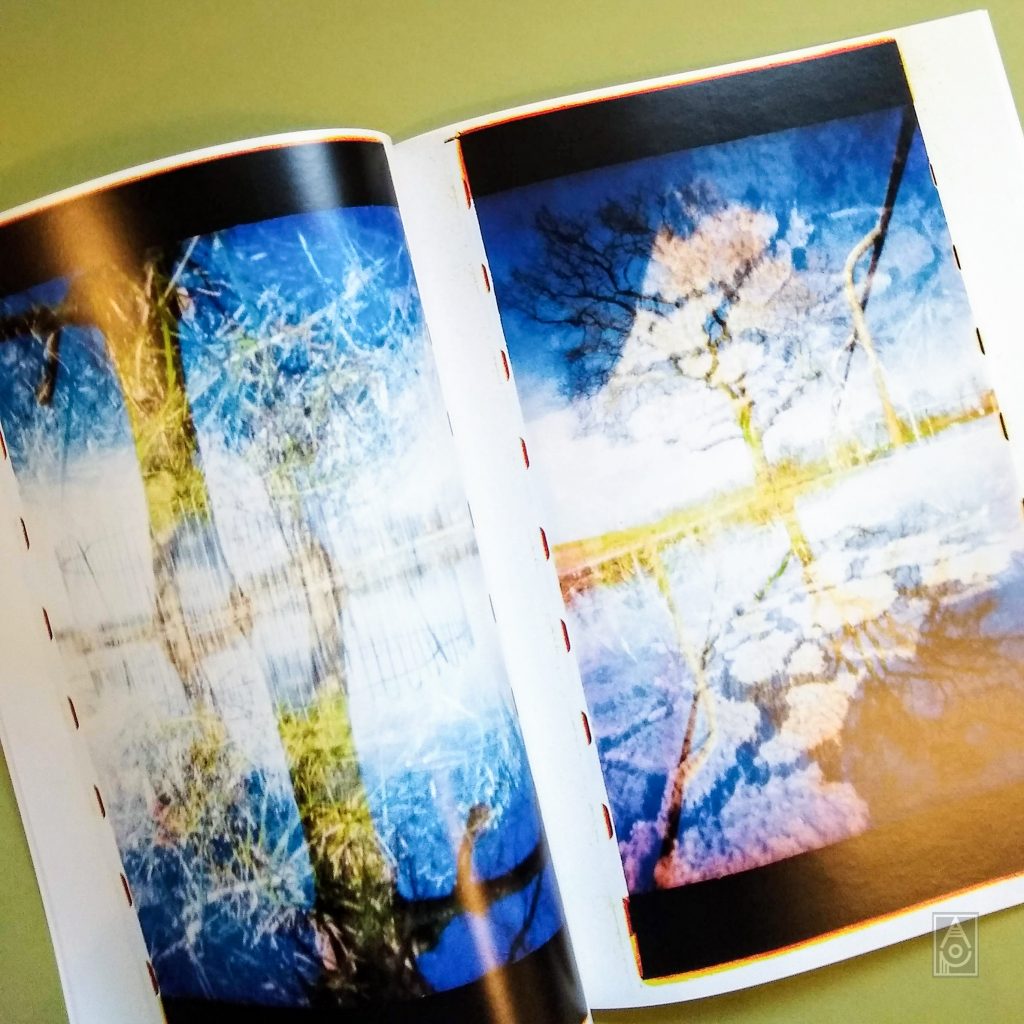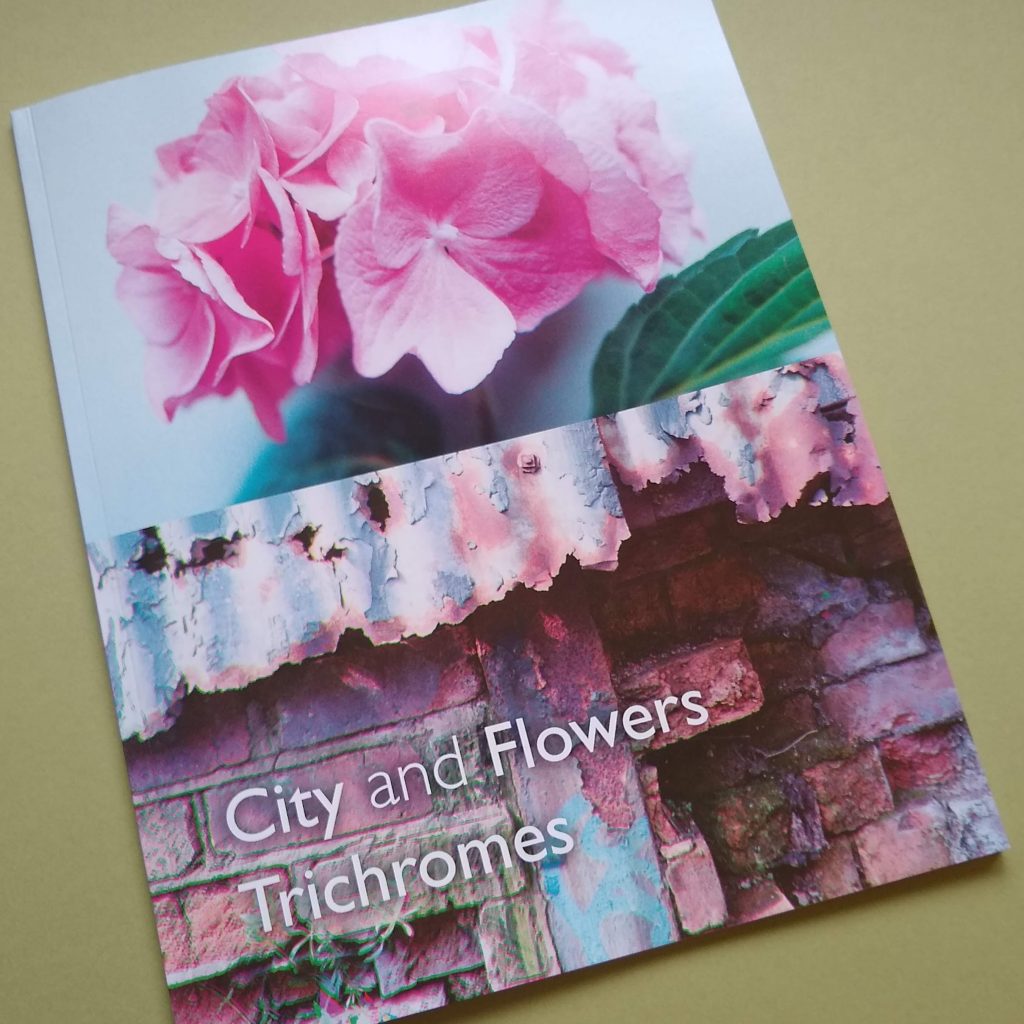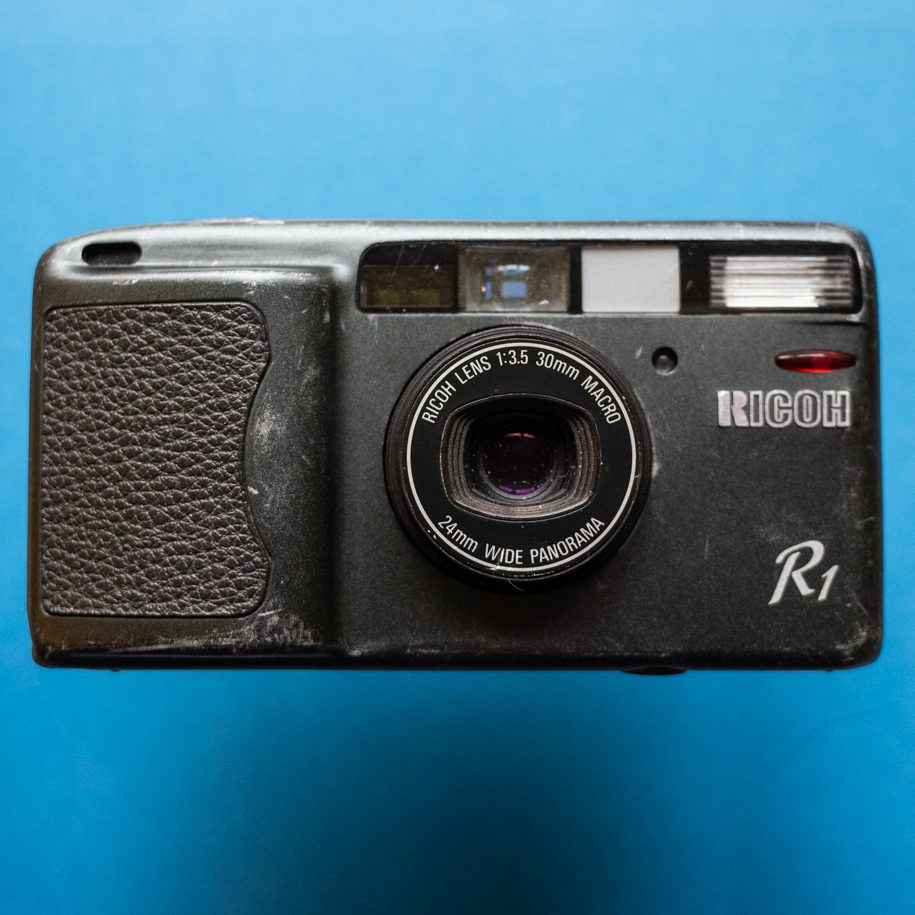In-camera double exposures made with an Ondu 135 pinhole camera.
Buy it here: https://www.blurb.co.uk/b/10585035-mirrorworlds
dankspangle.com



In-camera double exposures made with an Ondu 135 pinhole camera.
Buy it here: https://www.blurb.co.uk/b/10585035-mirrorworlds



The pictures in this book are trichromes. A trichrome is made from three black and white photographs, taken with red, blue and green filters. These are combined to make a colour image.
Continue reading “New book: City and Flowers Trichromes”Since first introduced in the 1930s, coatings have given photographers tough, reflection-free, contrasty lenses. And the same technology can be applied to the holes in pinhole cameras.
But is it worth it? Coating can add a degree of scratch resistance to a hole, but does it make a real-word difference to image quality?
Here’s a direct comparison between a coated and an uncoated hole – with science and images – so you can decide for yourself.
Continue reading “Pinhole photography: Coated and uncoated holes compared”Here’s a sad, sad thing. My Ricoh GR1, one of my favourite film cameras, has broken. No shutter, no flash, and a depressing, unhealthy whirr from the motor.
The Ricoh GR1 is a hipster’s dream camera. Super compact. Great lens. All set up for street photography. The darling of Daido Moriyama (Japanese street photographer).

The camera cost me £120 four or five years ago. One in good condition now costs £400 – £500. The price has gone up partly because of the resurgence in film photography, partly because of the camera’s hipness, and a lot because these things are becoming rare. The reason they are becoming rare is that they break. While the camera is high quality, it’s full of electronics. Old electronics. And old electronics die.
Here’s the sad, sad thing. Ricoh doesn’t make these any more. No one makes compact film cameras any more. And, despite the current popularity of film, no one ever will.
I could get it repaired. But the quote I got was £450. And it’s not like you can shop around for quotes. Very few people can repair these cameras. No one is making the cameras and no one is making the spares.
Even if I did get it repaired, I’d have an old camera full of old electronics. Full of old, repaired electronics which will break again. And I can think of better things to do with £450.
I could leave it on a shelf, but that’s just sad. Cameras should be used. So, I’ll sell it to someone who will repair it or cannibalise it for spares. See ya.
Fortunately I’ve got lots of alternatives. I’ve got a less-hip Ricoh R1, which I’ve used much more than the GR1. It’s got a slightly shonky 24mm lens that produces great images. I’ve got a weird-rare R100. And a weird-rare R10 that prints cute messages (‘World peace’) on your pics. I’ve got no shortage of Ricoh film cameras.



But these will break too. And these too will be too expensive to replace or repair.
And then I’ll have to use the only film cameras you can buy new*. Fortunately I like pinhole photography.
* OK, there are a couple of Nikon SLRs, some stupid-expensive Lecias, some Lomo-type cameras and a bunch of large format cameras. And some instant cameras. And some disposable cameras. OK, quite a few new film cameras. But no compact, autofocus point and shoots. Probably. But that’s not nearly such a punchy way to end a blog.

My new favourite river, the River Rae, Digbeth, Birmingham. Photographed with an Ondu 6×17 pinhole camera.